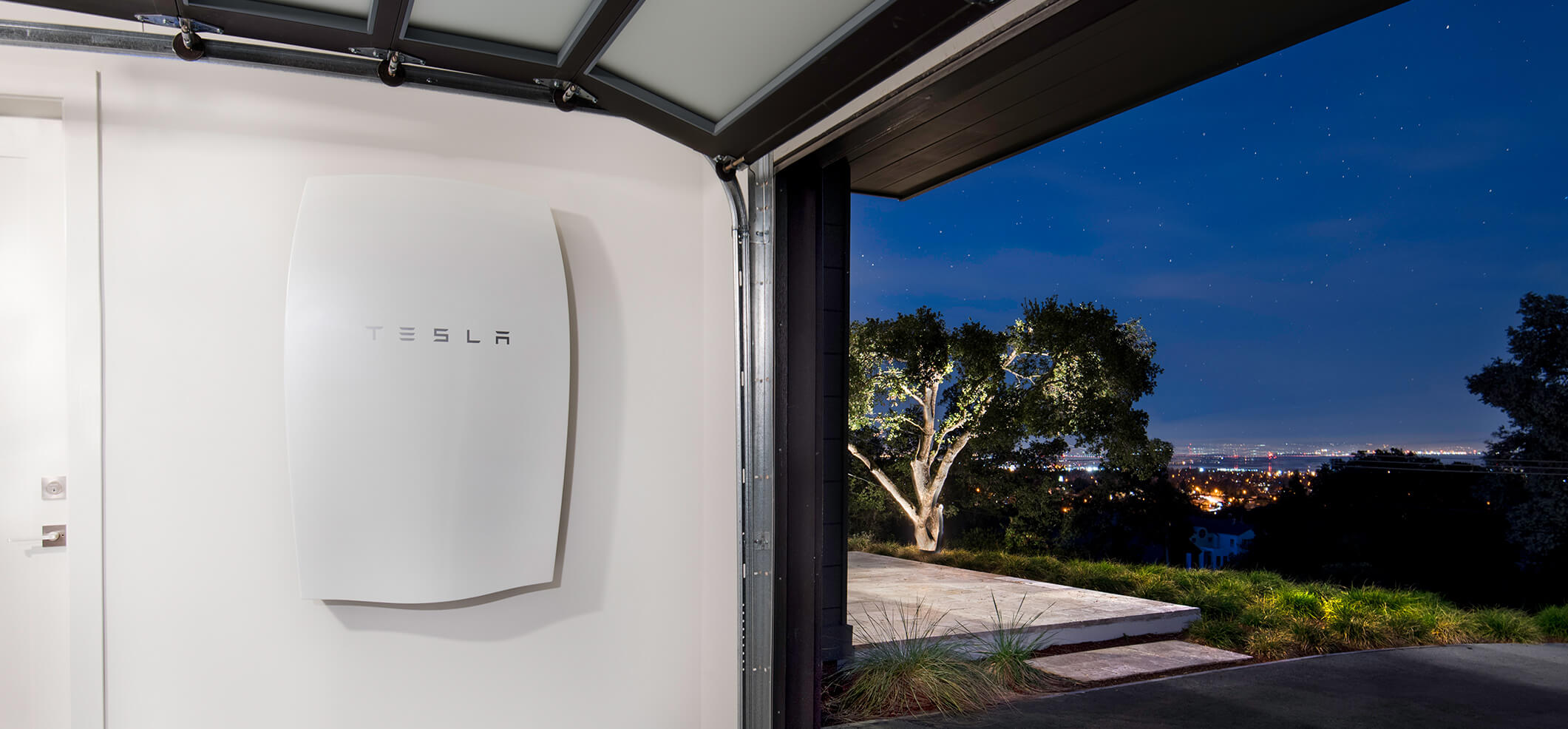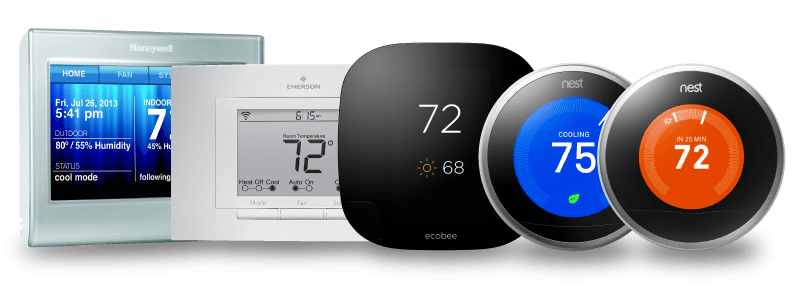What are battery arrays?
Recently, we published a blog on demand side management, which is all about you as the user of energy controlling what time of day you use it (hint – when it’s cheap!). Great idea, but how do you actually achieve this? Battery Arrays are a solution – today we’re going to tell you what’s already available on the Australian market.
The operating principle of a battery array is very simple: it stores energy when it is convenient, and provides it later as required. There are two cases when a battery array can help home and business owners save money:
- When your power company charges hourly electricity rates. The battery can store energy from the grid when the lowest prices are available, to be used when the highest prices apply (the savings achieved for each kilowatt-hour stored are equivalent to the price difference, which can add up pretty quickly.)
- Combining a battery array with a wind or solar power system. The main idea is very similar to the example above, storing energy from the renewable energy system to use it when high electricity rates are charged, maximising savings. Without batteries, you have to export any surplus production from your renewable energy system to the power grid, and on the local market, power companies tend to pay you at a rate that is only around 20% of their retail price. In other words, you save five times as much by storing renewable energy and consuming it later instead of selling it!
In addition to saving energy, a battery array provides home and business owners with backup power whenever there is an electric service interruption. Research carried out by the Rocky Mountain Institute in Colorado, USA, also indicates that power grids in general can become more stable and less prone to blackouts if batteries achieve widespread adoption among electricity consumers.
Which types of battery arrays are available on the Australian market?
Lead-acid rechargeable batteries have traditionally dominated the global market, but they are held back by poor efficiency and a short service life. Lithium batteries offer superior performance and are better suited for the needs of homes and businesses: the latest models commercially available offer a service life of up to 2000 charge and discharge cycles, equivalent to around five and a half years if the recharge cycle is daily. Several manufacturers from around the world are now offering their batteries in the Australian market:
- The Tesla Powerwall (refer to the feature image) is a lithium-ion battery that can store 7 kilowatt-hours of energy. The product is modular, which means several units can work together in households with higher energy needs. Tesla will be partnering with SolarEdge, who will be offering an integrated solution with all the necessary components for the Powerwall to be used in homes with solar power systems. The system will also include an energy management application.
- Samsung will be offering their All-In-One energy storage system, with a capacity of 3.6 kWh. The unit comes with a solar inverter, which means there is no need to purchase one separately.
- Panasonic will also be offering an energy storage system, capable of storing 8 kWh and providing backup power during electric service interruptions.
- Enphase Energy, a leading provider of smart devices to complement solar power, will be offering a 1.2 kWh battery. It is a modular plug-and-play product that will be compatible with the cloud energy management system by Enphase.
Battery arrays can help home and small business owners achieve even greater results from any energy efficiency or renewable energy upgrade carried out. When energy storage is available, the output of renewable sources can be used when it yields the highest savings, while the energy consumption from the grid is shifted to hours when the lowest rates are charged.
If you’re interested in learning more, please contact Bulk Energy on 1300 46 2855 (1300 GO-BULK).








